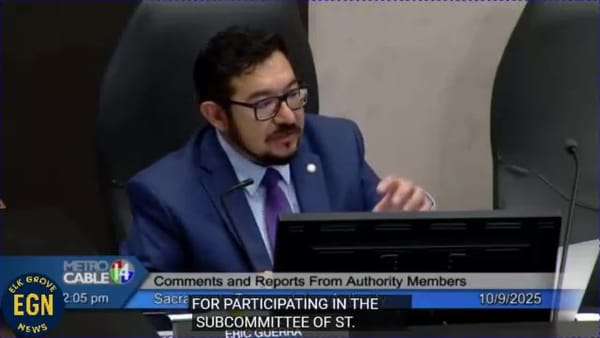U.S. EPA Region 9: Bay-Delta Plan must include numeric flow criteria, adopt tribal beneficial uses



Rep. Matsui is undoubtedly aware of what happened to Democrat Joe Crowley and Republican Eric Cantor.

Sacramento City Councilmember Eric Gurrera reported on initial polling.

Investigators said the alleged crimes occurred between 2015 and 2018

The protest will start at 10 am.